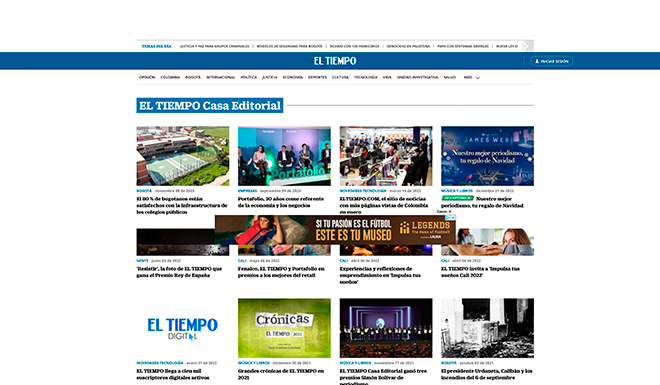The main data sources marketers should have to segment their audience
Data is essential to marketing, as it allows us to segment our audience and offer them products and services that fit their needs. However, with so many data sources available, which ones should be on marketers' list?
Here are the top 10 data sources marketers should have to segment their audience:
Demographic data: Demographic data is essential to better understand our audience. They allow us to know their age, gender, education level, marital status, among others.
2. Behavioral data: Behavioral data helps us understand how our potential customers relate to our brand. It lets us know what channels they use to interact with us, what products or services they are interested in and what their needs are.
3. Location data: The location of our potential customers helps us to further segment our audience. It allows us to offer them products and services that fit their specific needs.
4. Interest data: The interests of our potential customers help us better understand what motivates them. They allow us to offer them products and services that are relevant to them and that they are interested in buying.
5. Transaction data: Transactions are a valuable source of data for marketers. They allow us to know what products or services our potential customers are buying, how much they are spending and what channels they are using to make their purchases.
6. Interaction data: Interactions help us to better understand our potential customers. They let us know what kind of content they like, what channels they use to interact with us and what kind of messages motivate them.
7. Social network data: Social networks are an invaluable source of data for marketers. They allow us to obtain valuable information about our potential customers, such as their age, gender, location, interests and much more.
8. Web site data: The Web site is a source of data that allows us to obtain information about our visitors' behavior, such as which pages they visit, what terms they search for on our site and how long they stay on our site.
9. E-mail data: Email data allows us to further segment our audience. It helps us to better understand our subscribers, what kind of content they like and what their needs are.
10. Contact informationContact information helps us to establish a more personalized relationship with our potential customers. They allow us to establish a more effective communication.



